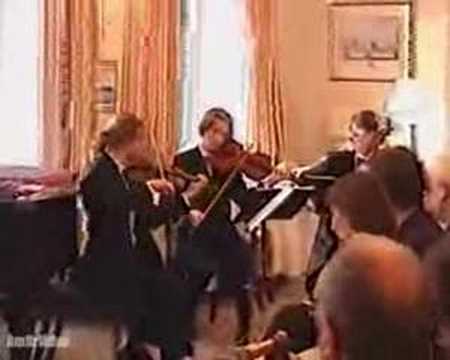«This is a memorable day for the City of Vienna, being the birthday of ‘Gross Wien’ — that is, of the new capital as enlarged by the incorporation of the suburbs. Yesterday Vienna was contained within 55 square kilometres; to-day it extends over 178 square kilometres, which makes it half the size of London, more than twice as large as Paris, and nearly three times as large as Berlin. The palace and park of Schönbrunn now stand within the city… Those favourite resorts of fair-weather excursionists, the villages of Hietzing, Dornbach, Hetzendorf, Döbling, and Baumgarten, have ceased to be rural, and even the Kahlenberg and its brother mountain, the Leopoldsberg, have become enclosed in the metropolitan area». Thus wrote the Vienna correspondent for the London Times newspaper on 21 December 1891, chronicling the incorporation of the 44 suburbs which previously lay outside the old outer defences of the city (the ‘Linien’) to form the present day districts XI to XIX, and the resultant growth in population by some 400,000 to around 1,342,000 civilians and 22,600 active military personnel. Demolition of these mid-18th-century fortifications — constructed as a defence against further attack by the Turks, who had kept the city beleaguered for three months in 1683 — had commenced in 1890, and had long been objects of execration because of the tolls levied on all who passed through them. At the stroke of midnight such duties were abolished amid great rejoicing. The police made one arrest — a man who shouted: «Hurrah! Now everything in Vienna is going to be dearer»!
Johann Strauss’s waltz Gross-Wien, which came into being in early 1891, chronicles the work then underway to extend the boundaries of the Austrian capital, and was composed as a choral waltz for performance by the famous Wiener Männergesang-Verein (Vienna Men’s Choral Association) during that year’s Vienna Carnival, with a text by Franz von Gernerth. When the Association suddenly resolved to give only one ‘Liedertafel’ (Programme of Songs) per year, the performance was postponed until the autumn. There then arose the possibility of a performance by a rival choral society to be arranged by the Vienna Authors’ and Journalists’ Association, ‘Concordia’, but on 18 April 1891 Strauss notified a correspondent: «I felt the time was already too far advanced and I promised the first performance of the waltz to the military committee for the Grand Concert on May 10 in the Sängerhalle, but only for orchestra… Should you ever intend to organise something with the participation of the Männer-Gesangverein… then the promise originally given will remain in force, that is, the first performance of the waltz Gross-Wien, with the contribution of the Männer-Gesangverein». (In the event, the choral première did not take place until 4 October 1891, when the Wiener Männergesang-Verein, conducted by its chorus-master Eduard Kremser, performed it at their concert in the Sängerhalle, accompanied by the Freiherr Ferdinand von Bauer Infantry Regiment No. 84).
On 30 April 1891 the 65-year-old composer advised his Berlin publisher, Fritz Simrock: «I shall personally conduct the first performance at the Monster Concert. Over five hundred musicians is no small exertion». Strauss did not exaggerate, for at the orchestral première of the new work, heard on Sunday 10 May 1891 as the second item in the second half of the concert given by «the entire regimental bands of the Vienna garrison» in the immense wooden Sängerhalle (Singers’ Hall) in the Vienna Prater, 500 musicians (including 250 violinists) from the combined military orchestras of Vienna played under his baton. Much was made in the press of the fact that this was the first occasion on which an Austrian military orchestra had been directed by a civilian conductor. Included in the audience of 20,000 were members of the Austrian royal family, the King and Queen of Denmark and the Duke and Duchess of Cumberland. The composition met with great success, and prompted the critic of the Fremdenblatt to observe: «The waltz is beautifully and artistically formed; the original, simple, straightforward and fresh nature of the popular Strauss waltzes is less apparent here. Johann Strauss has become more refined. He is standing at the portal of the Court Opera» — a reference to the forthcoming premiere of Johann’s grand opera Ritter Pásmáan at the Wiener Hofoperntheater (Vienna Court Opera) on New Year’s Day 1892.









